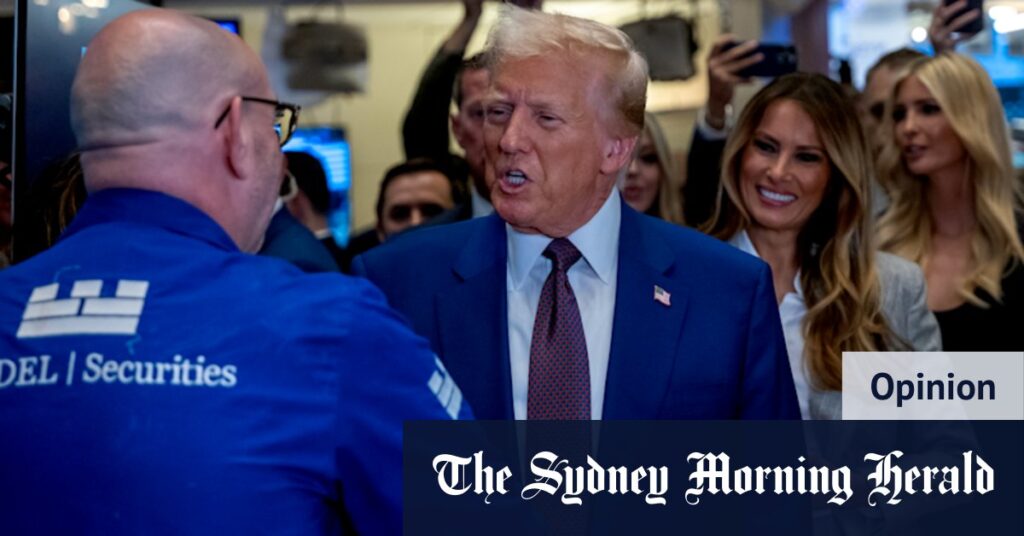
The global financial markets are displaying an unexpected calm in the face of President Donald Trump’s aggressive economic policies, including tariffs and attempts to influence the Federal Reserve. Despite potential disruptions, American investors appear unfazed, with the S&P 500 up over 7% this year and the Nasdaq climbing 8.6%. Meanwhile, AI-driven technology stocks have surged by 15%, and bond yields have decreased since January.
This apparent investor complacency could be attributed to the so-called “TACO” trade—an assumption that “Trump Always Chickens Out.” However, this theory underestimates the tangible impact of Trump’s tariffs. His 10% baseline tariffs are already in effect, targeting sectors such as steel, aluminum, copper, and autos, alongside imports from China, Canada, and Mexico.
Tariffs and Their Economic Impact
Trump’s punitive “reciprocal” tariffs are set to take effect on August 1, potentially exacerbating the existing trade tensions. These measures could prolong the time before the full impact of the tariffs is felt. Investors should be wary, as these tariffs are already influencing inflation and corporate profits.
Last week’s inflation data showed a rise to 2.7%, surpassing the Federal Reserve’s target of 2%. Prices of goods most exposed to tariffs have increased, despite importers’ efforts to stockpile ahead of the tariffs. As inventories deplete, cost pressures on US importers will rise, likely leading to price hikes.
Stellantis reported a €2.3 billion first-half loss, attributing €300 million to tariffs after factory shutdowns reduced deliveries by 25%.
Similarly, General Motors anticipates a $4.5 billion cost from tariffs this year, having imported nearly half of its cars from Mexico and South Korea. Although car prices fell in June, this may reflect pre-tariff buying, a trend seen across other retail sectors.
Trump’s Influence on the Federal Reserve
President Trump’s attempts to sway the Federal Reserve’s monetary policy are equally concerning. His public pressure on Fed Chair Jerome Powell to cut interest rates by 3 percentage points contrasts with economic indicators suggesting rising inflation.
The “One Big Beautiful Bill,” which added new tax and spending measures to Trump’s 2017 tax cuts, is expected to increase US government debt by $3.4 trillion over the next decade, according to the Congressional Budget Office. This fiscal stimulus, amid accelerating inflation, raises fears of higher interest rates.
“Any undermining of Powell before his term expires next May, or the appointment of someone obviously going to try to do Trump’s bidding, would also see the US yield curve steepen.”
Implications for Global and Domestic Markets
The combination of tariffs and Fed politicization could significantly impact economic growth and inflation. With the S&P 500 trading at high multiples, any rise in market interest rates could materially affect share prices.
Foreign investors appear more cautious about Trump’s economic agenda than their American counterparts, wary of the potential for rising interest rates and inflation. As the global economic landscape shifts, the resilience of US markets remains a critical question.
Looking ahead, the unfolding effects of these policies will test the market’s optimism. Whether the calm persists or gives way to volatility will depend on the tangible impacts of tariffs and the Federal Reserve’s responses to political pressures.







